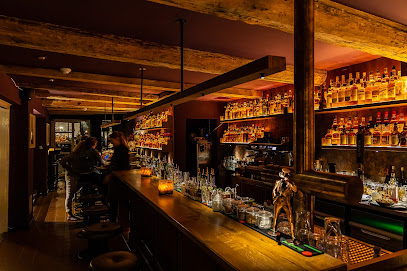
Hulbe House: A Flemish Renaissance Gem in Hamburg
Discover the Hulbe House in Hamburg: A stunning example of Dutch Renaissance architecture, built in 1910, showcasing intricate details and a rich history on Mönckebergstraße.
The Hulbe House, a striking building on Hamburg's Mönckebergstraße, stands as a testament to the city's rich architectural heritage. Built in 1910-1911 by architect Henry Grell for bookbinder and leather artisan Georg Hulbe, the building showcases a distinctive Dutch Renaissance style. Its red brick facade, adorned with intricate sandstone carvings, including numerous 'Green Men,' sets it apart from the modern structures surrounding it. Today, the Hulbe House continues to blend history with contemporary commerce, housing a department store on its lower floors and offering a glimpse into Hamburg's past through its meticulously preserved exterior. A visit offers a unique opportunity to admire the craftsmanship and artistry of a bygone era amidst the bustling energy of one of Hamburg's main shopping streets.
A brief summary to Hulbe house
- Hulbehaus, Mönckebergstraße 21, Hamburg, Hamburg-Mitte, 20095, DE
Local tips
- Look closely at the facade to find the many 'Green Men' carvings, each with a unique expression.
- Visit during daylight hours to best appreciate the architectural details and red brick facade.
- Combine your visit with shopping on Mönckebergstraße, one of Hamburg's main retail streets.
Getting There
-
Public Transport
From Hamburg Hauptbahnhof (main train station), the Hulbe House is easily accessible. Exit the station in the direction of Mönckebergstraße. The Hulbe House is located a short walk down Mönckebergstraße, on the right-hand side. Alternatively, take the U1 or U3 subway lines to Mönckebergstraße station, which is directly in front of the Hulbe House. A single fare for a short trip on the bus or subway is approximately €2-€3.
-
Walking
From Rathausmarkt, walk east along Mönckebergstraße. The Hulbe House will be on your right, a few blocks down. The walk is approximately 5-10 minutes. No costs involved.
-
Taxi/Ride-Share
A taxi or ride-share from Hamburg Hauptbahnhof to the Hulbe House will take approximately 5 minutes, depending on traffic. Expect to pay around €8-€10 for the ride.
-
Driving
If driving, be aware that parking in the immediate vicinity of Mönckebergstraße is limited and can be expensive. Several parking garages are located nearby, such as the Q-Park City-Parkhaus in Gertrudenstraße. Expect to pay around €3-€4 per hour, with daily maximums around €25. Due to construction, parking near the hotel can be difficult.
Discover more about Hulbe house
Iconic landmarks you can’t miss
Hulbe house
0.0 km
Discover the Hulbe House in Hamburg: A stunning example of Dutch Renaissance architecture, built in 1910, showcasing intricate details and a rich history on Mönckebergstraße.
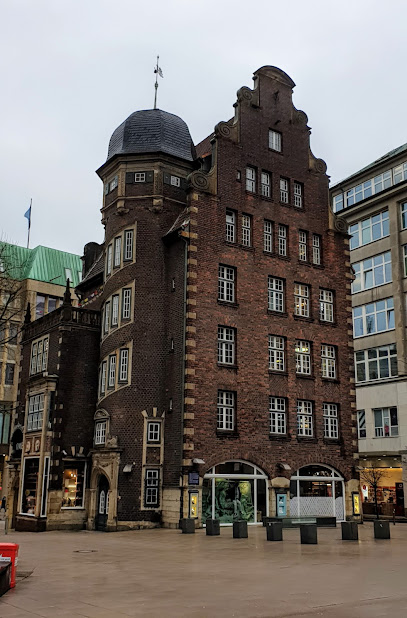
Archaeoscope Hammaburg
0.1 km
Journey back to the 9th century at the Archaeoscope Hammaburg, where virtual reality unveils the origins of Hamburg on the historic Domplatz, the site of the Hammaburg fortress.
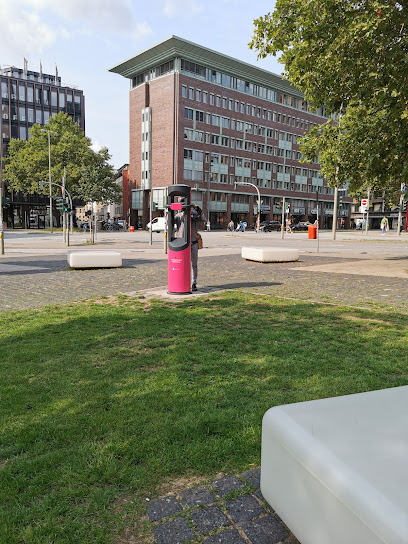
Otto Liss Gedenktafel
0.3 km
A poignant memorial in Hamburg honoring Otto Liss, a worker who died building the U-Bahn, serving as a reminder of the human cost of progress and the city's history.

Hygieia Fountain
0.4 km
Discover the Hygieia Fountain in Hamburg's City Hall: a symbol of resilience and a tribute to the city's triumph over the cholera epidemic of 1892, embodying Hamburg's enduring spirit.
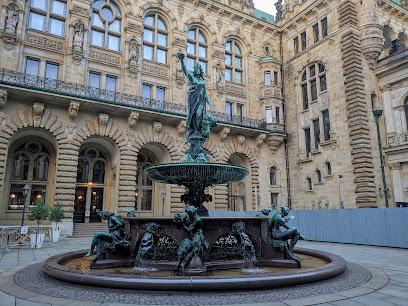
Kornhausbrücke
0.5 km
Cross the historic Kornhausbrücke in Hamburg's HafenCity, connecting the Speicherstadt with stunning views of the Zollkanal, offering a glimpse into the city's maritime past.
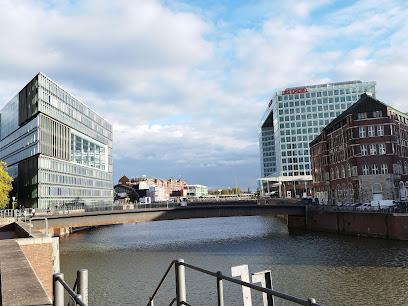
Alte Post
0.5 km
Explore the Alte Post in Hamburg: a historic landmark blending stunning architecture with a vibrant shopping experience in the heart of the city's Passagenviertel.
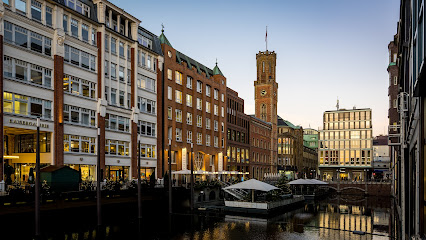
Mönkedamm channel
0.6 km
Discover the tranquil Mönkedamm Channel in Hamburg-Mitte: a picturesque escape offering serene waters, lush greenery, and a blend of history, culture, and recreational activities for an unforgettable experience.
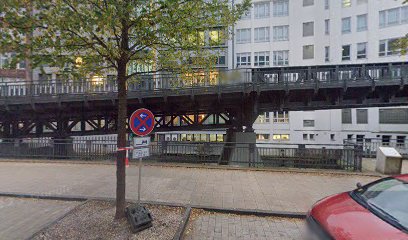
City of Hamburg Germany
0.7 km
Explore Hamburg, Germany's vibrant port city: Discover maritime history, modern architecture, and a thriving cultural scene in this captivating metropolis.
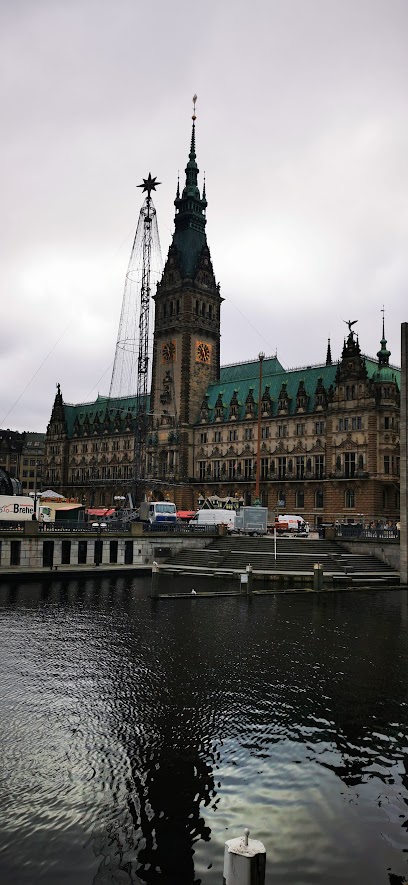
Kibbelstegbrücke
0.7 km
Cross the Kibbelstegbrücke in Hamburg's Speicherstadt for iconic views of historic warehouses and modern architecture, a perfect blend of past and future.
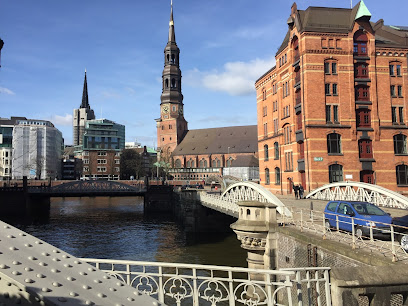
Mattentwiete 2
0.8 km
Discover Hamburg's maritime soul from Mattentwiete 2: Gateway to the UNESCO World Heritage Speicherstadt, a captivating blend of history, architecture, and culture.
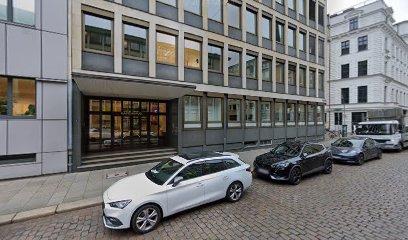
Kleines Leuchtfeuer
0.8 km
Discover the charm of Hamburg's maritime past at the Kleines Leuchtfeuer on Störtebeker Ufer, a picturesque landmark offering stunning waterfront views in the heart of HafenCity.
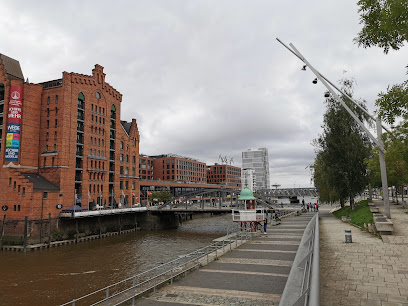
International Maritime Museum
0.8 km
Explore 3,000 years of seafaring history at Hamburg's International Maritime Museum, home to a vast collection of ships, artifacts, and interactive exhibits in a historic HafenCity warehouse.
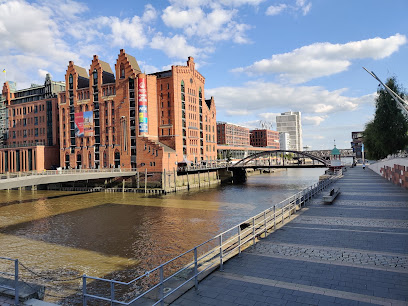
Museum of Art and Industry
0.8 km
Explore 4,000 years of art, craft, and design at Hamburg's Museum of Art and Industry, showcasing European, Asian, and Islamic treasures in a dynamic cultural hub near the Hauptbahnhof.
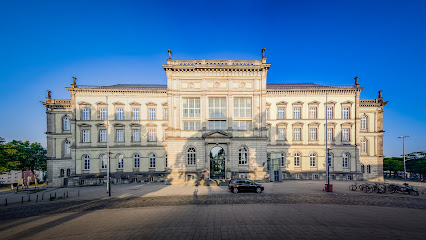
Brooksfleet
0.8 km
Discover the serene beauty of Brooksfleet, a picturesque canal in Hamburg's historic Speicherstadt, offering a tranquil escape and a glimpse into the city's maritime past.
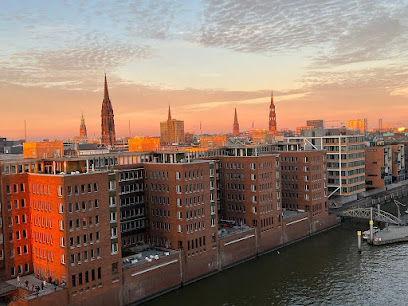
Deichstraße
0.8 km
Discover Hamburg's oldest street, a picturesque lane of meticulously restored 17th-19th century houses along the Nikolaifleet, offering a glimpse into the city's Hanseatic past.
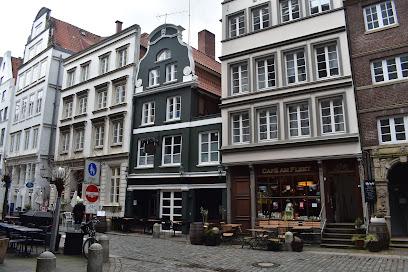
Unmissable attractions to see
Bishop's Tower
0.0 km
Explore the historical essence of Hamburg at Bishop's Tower, a captivating landmark showcasing the city's rich heritage and stunning architecture.
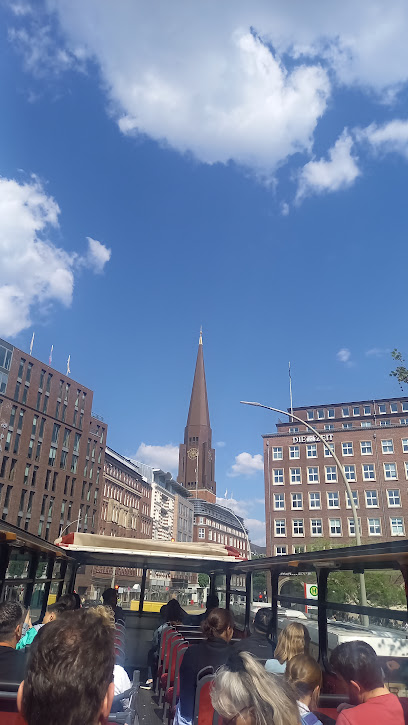
Hammaburg-Platz
0.1 km
Discover the historical essence of Hamburg at Hammaburg-Platz, where medieval roots meet vibrant urban life in a picturesque square.
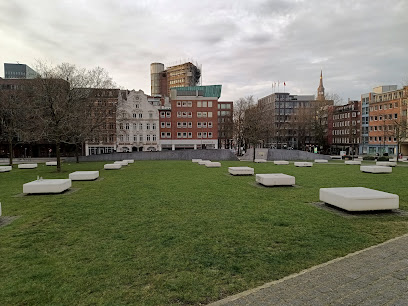
Domplatz
0.1 km
Explore Domplatz, Hamburg's historical market square, where culture, architecture, and community come together in a vibrant urban setting.
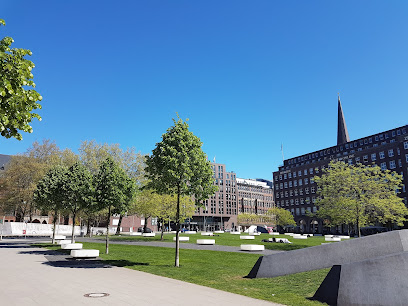
Gerhart Hauptmann Square
0.1 km
Experience the vibrant atmosphere of Gerhart Hauptmann Square, a cultural hub in Hamburg's heart with cafes, shops, and local charm.
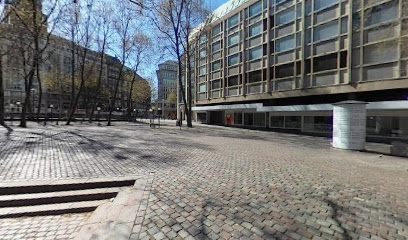
Gerhart-Hauptmann-Platz
0.2 km
Discover the vibrant atmosphere of Gerhart-Hauptmann-Platz, the heart of Hamburg, filled with culture, charm, and local delights.
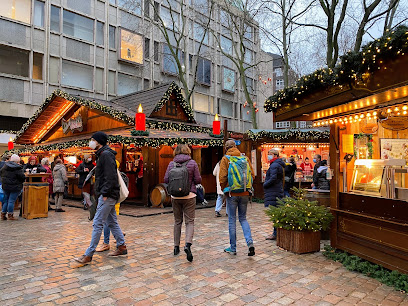
Thalia Theater
0.2 km
Discover the enchanting world of theatrical arts at Thalia Theater, Hamburg's cultural jewel, known for its innovative performances and rich history.

St. James' Church
0.2 km
Explore the rich history and stunning architecture of St. James' Church, a cultural gem in the heart of Hamburg's vibrant landscape.
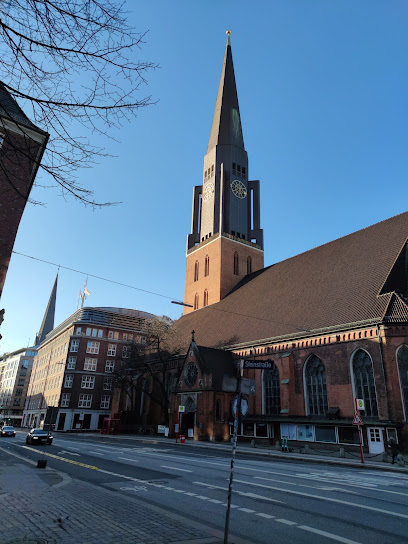
Mönckeberg fountain
0.2 km
Discover the beauty of Mönckeberg Fountain in Hamburg, a vibrant gathering spot blending history and modern life in the heart of the city.
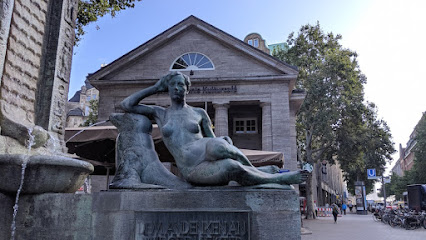
Original Hamburg Walks
0.3 km
Uncover the beauty and history of Hamburg with guided tours that showcase the city's stunning architecture and vibrant culture.
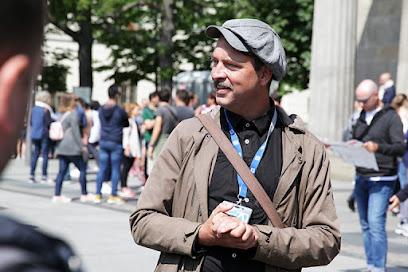
Heinrich Heine Monument
0.3 km
Discover the Heinrich Heine Monument in Hamburg, a striking tribute to the famous poet amidst the city's vibrant historical landscape.
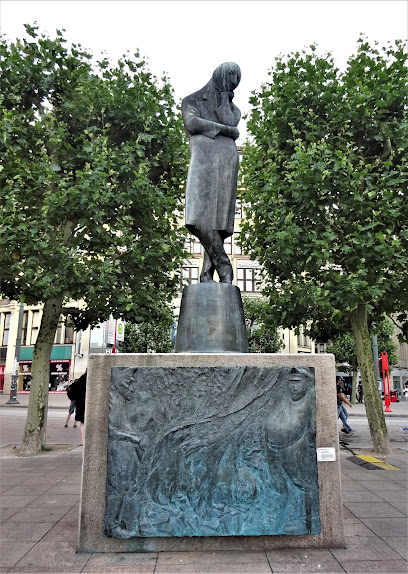
Town Hall Market
0.3 km
Experience the vibrant atmosphere, rich culture, and delightful treats at Hamburg's historic Town Hall Market, a must-visit destination for tourists.
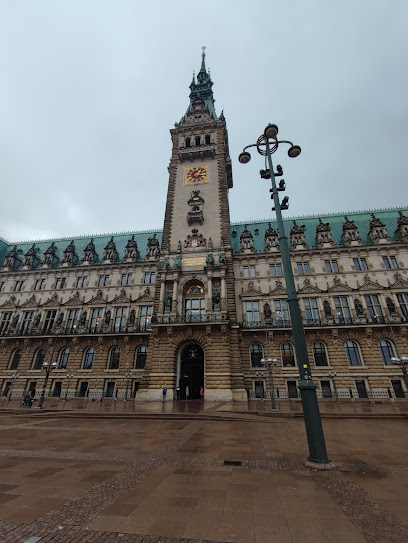
Rathausmarkt
0.3 km
Experience the vibrant culture and history of Hamburg at Rathausmarkt, the city's bustling town square surrounded by stunning architecture and local charm.
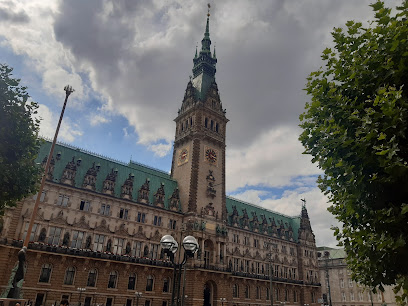
Reesendamm bridge
0.3 km
Explore the scenic Reesendamm Bridge in Hamburg, a serene spot for leisurely walks and stunning views of the city's waterfront.
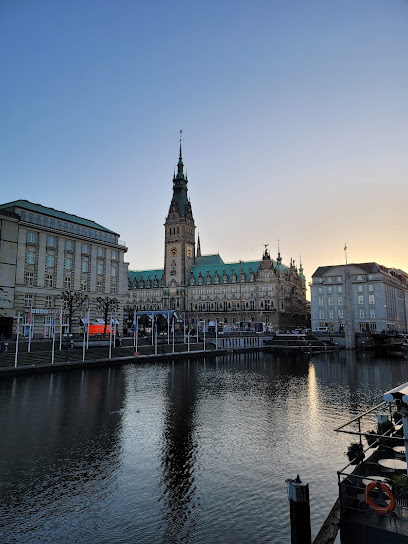
Hamburg Townhall
0.3 km
Explore Hamburg Town Hall, a stunning architectural gem blending history and culture in the heart of Hamburg. A must-visit for every tourist.
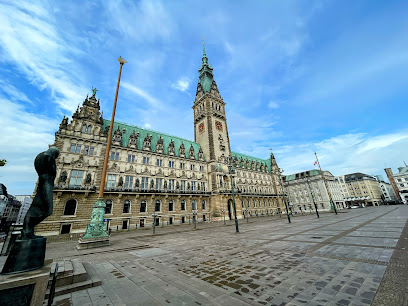
Alster Arcade
0.3 km
Explore the historic Alster Arcade in Hamburg, where stunning architecture meets vibrant shops and cafes along the picturesque canals.
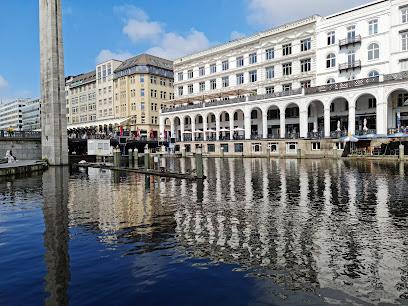
Essential places to dine
Restaurante Español Picasso
0.1 km
Experience authentic Spanish cuisine at Restaurante Español Picasso in Hamburg, where every dish tells a story from the Mediterranean.
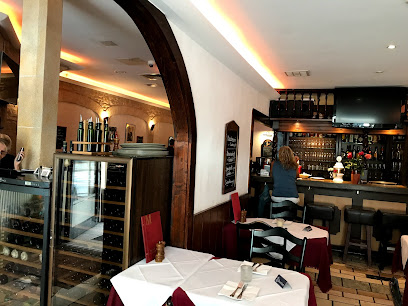
Wloka‘s
0.2 km
Savor authentic German Hausmannskost at Wloka's in Hamburg-Mitte - A must-visit for food lovers seeking traditional flavors.
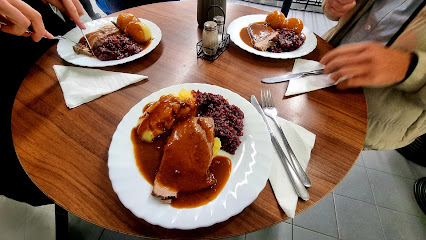
Restaurant Perle
0.2 km
Discover Hamburg's culinary treasure at Restaurant Perle, where local flavors meet modern elegance in every dish.
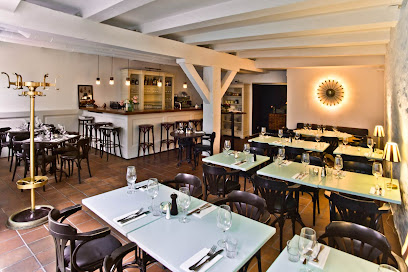
Le Plat du Jour
0.3 km
Discover authentic French cuisine at Le Plat du Jour in Hamburg – where every dish tells a story of culinary excellence.
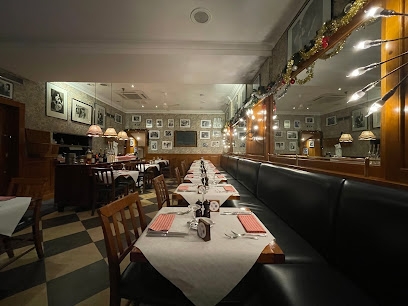
Restaurant Parlament Hamburg
0.3 km
Discover authentic German cuisine at Restaurant Parlament in Hamburg, where tradition meets modern dining in a historic setting.
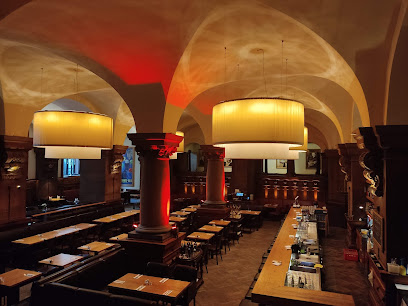
I Vigneri Osteria Enoteca
0.3 km
Experience authentic Marche cuisine at I Vigneri Osteria Enoteca in Hamburg, where exquisite dishes meet an extensive wine selection.
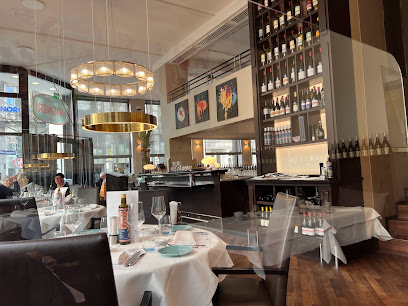
Tschebull Restaurant|Beisl|Bar
0.4 km
Discover authentic Austrian cuisine at Tschebull Restaurant in Hamburg - where tradition meets culinary excellence.
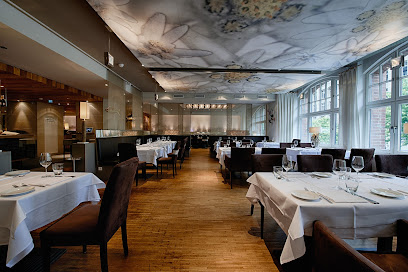
Erdapfel Hamburg
0.4 km
Discover Erdapfel Hamburg - a vibrant vegetarian and vegan restaurant offering fresh, local dishes in a cozy setting.
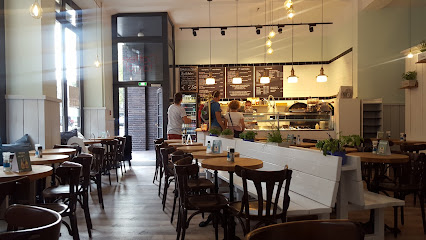
Kornhauskeller
0.4 km
Experience the best of Mediterranean and Middle Eastern cuisine at Kornhauskeller in Hamburg's vibrant bistro scene.
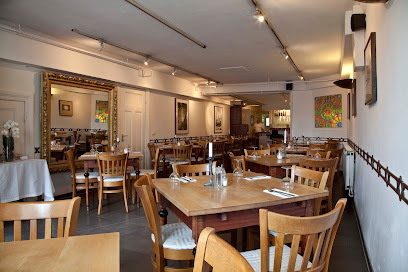
Restaurant Im Sprinkenhof
0.5 km
Experience authentic German cuisine at Restaurant Im Sprinkenhof in Hamburg – where tradition meets modern dining.
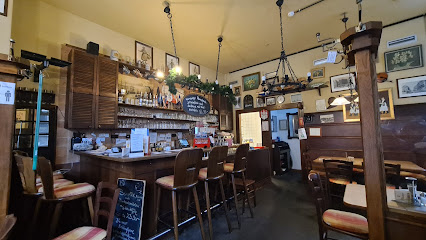
Schönes Leben Speicherstadt
0.6 km
Savor authentic German flavors at Schönes Leben Speicherstadt in Hamburg's historic warehouse district.
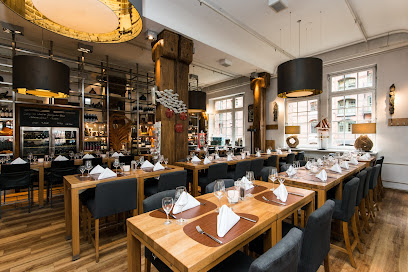
Restaurant Brook
0.6 km
Experience exquisite French and Mediterranean cuisine at Restaurant Brook in Hamburg – where every dish tells a story.
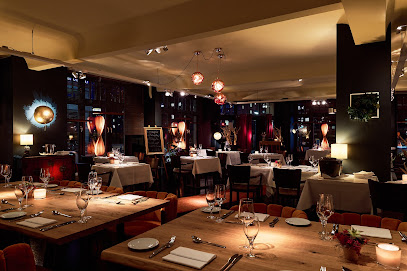
NIKKEI NINE
0.7 km
Experience a unique blend of Japanese and Peruvian cuisine at NIKKEI NINE in Hamburg, where every dish tells a story.
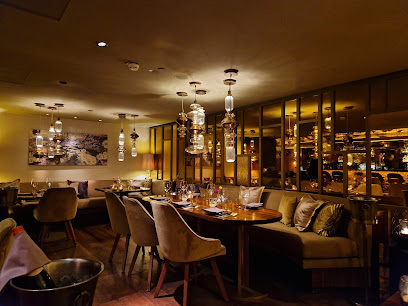
Haerlin Restaurant
0.7 km
Experience unparalleled fine dining at Haerlin Restaurant in Hamburg, where culinary artistry meets exceptional service in an elegant setting.
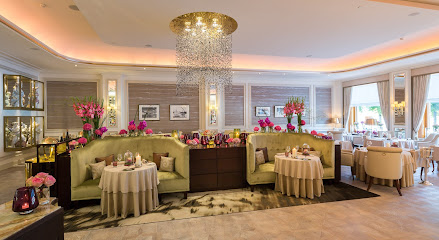
Restaurant Schoppenhauer
0.7 km
Savor the essence of Germany at Restaurant Schoppenhauer - where tradition meets taste in Hamburg.
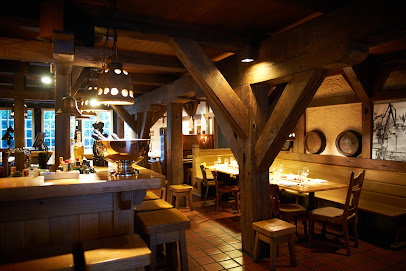
Markets, malls and hidden boutiques
GALERIA Hamburg Mönckebergstraße
0.1 km
Discover the heart of shopping in Hamburg at GALERIA Hamburg Mönckebergstraße, where retail therapy meets vibrant city life.
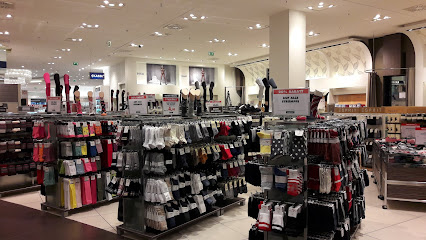
Elbenwald
0.2 km
Experience the magic of Elbenwald, Hamburg's ultimate destination for fantasy gifts, clothing, and collectibles for every fan.
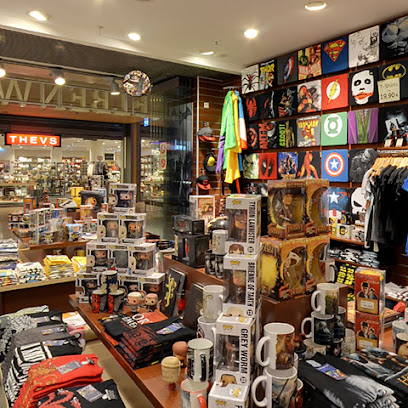
hessnatur Store Hamburg
0.2 km
Explore the hessnatur Store in Hamburg for sustainable fashion, offering stylish clothing and accessories for men, women, and children.
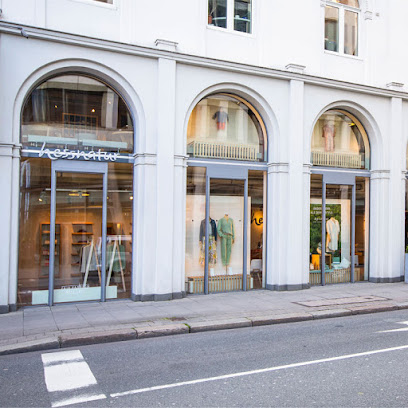
Europa Passage
0.2 km
Discover the vibrant shopping experience at Europa Passage in Hamburg, featuring over 120 stores and a variety of dining options.
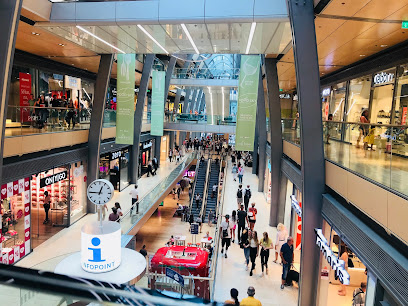
Levantehaus
0.4 km
Discover the elegance of Levantehaus in Hamburg: a shopping mall offering luxury boutiques, diverse dining options, and a vibrant atmosphere.
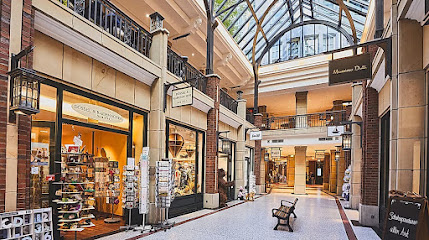
Alsterhaus
0.5 km
Discover the essence of luxury shopping at Alsterhaus, Hamburg's premier department store, offering fashion, fragrances, and fine dining experiences.
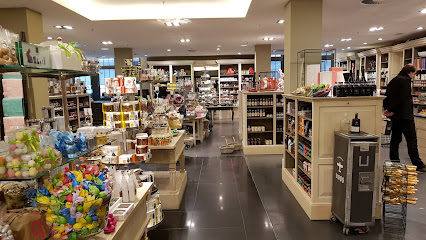
La plus belles rue
0.5 km
Explore Neuer Wall, Hamburg's luxurious shopping street, where high-end brands meet local craftsmanship in a picturesque setting.
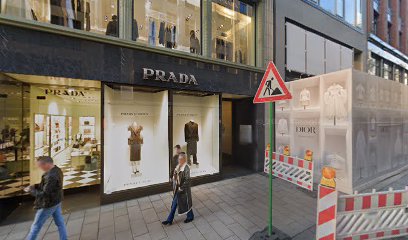
Vintage & Rags
0.5 km
Explore Vintage & Rags in Hamburg for a unique shopping experience filled with eclectic finds and sustainable fashion.
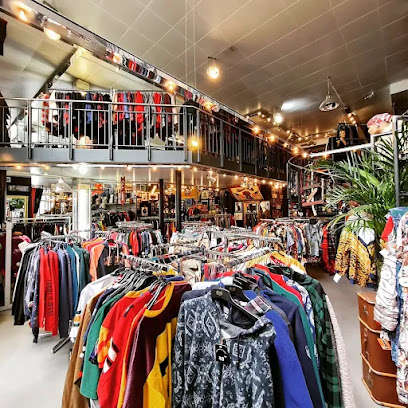
PRADA Hamburg Neuer Wall Store
0.5 km
Explore the elegance of PRADA at Neuer Wall in Hamburg, where luxury fashion meets sophisticated style in a stunning retail environment.
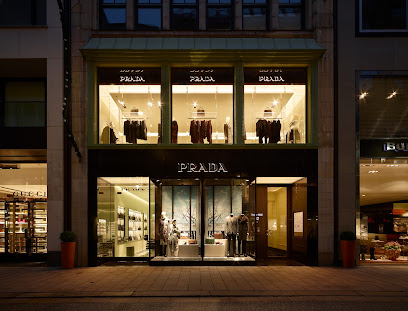
Gudrun Sjödén - concept store Hamburg
0.5 km
Explore Gudrun Sjödén's concept store in Hamburg for vibrant women's fashion, unique accessories, and a touch of sustainable style.
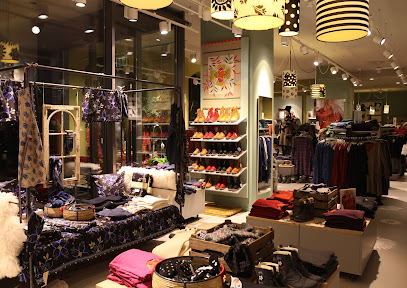
Der Nordische Stil
0.6 km
Explore Der Nordische Stil in Hamburg for exquisite Nordic gifts and fashion, showcasing the essence of Scandinavian design and craftsmanship.

C'N'C
0.6 km
Explore the latest fashion trends at C'N'C, Hamburg's chic clothing store on the stunning Jungfernstieg promenade.
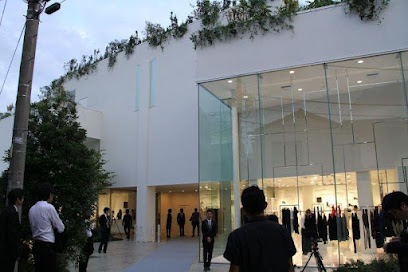
Montblanc Boutique Hamburg - Neuer Wall
0.6 km
Experience the epitome of luxury at Montblanc Boutique Hamburg, offering exquisite jewelry, leather goods, and fine stationery in a sophisticated setting.
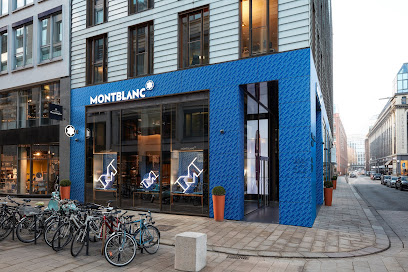
GALLERIA
0.6 km
Discover Galleria Hamburg: A luxurious shopping mall blending high-end fashion, delicious dining, and an elegant atmosphere in the heart of the city.
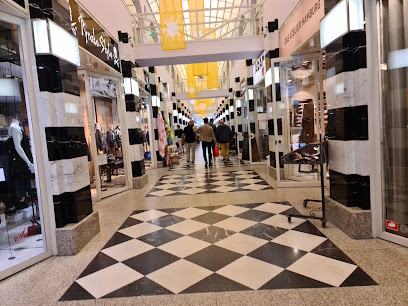
American Vintage
0.6 km
Explore the latest trends and unique styles at American Vintage, a chic clothing store in the heart of Hamburg, perfect for all fashion enthusiasts.
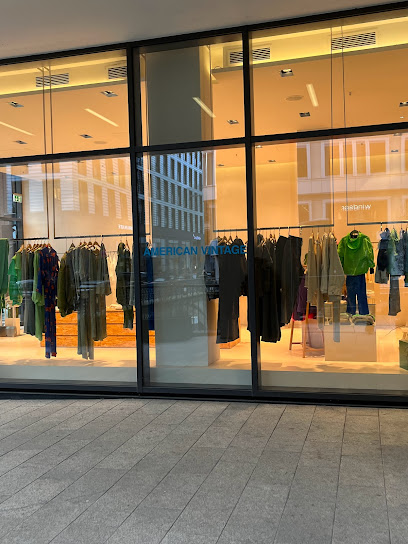
Essential bars & hidden hideouts
Gugu Bar
0.1 km
Experience the vibrant nightlife of Hamburg at Gugu Bar, where eclectic decor meets an extensive drink menu in a lively atmosphere.
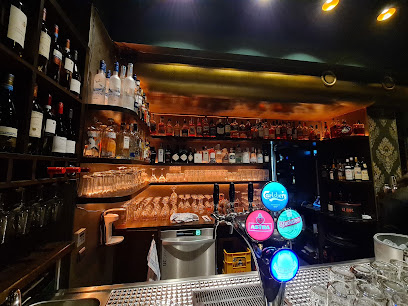
Le Lion • Bar de Paris
0.2 km
Discover the luxury of Le Lion • Bar de Paris, Hamburg's premier destination for exquisite cocktails and elegant ambiance.
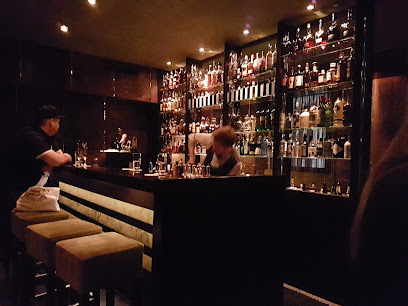
Paddy's Bar
0.3 km
Discover the vibrant atmosphere of Paddy's Bar, Hamburg's favorite Irish pub, offering hearty meals, a wide drink selection, and live music.
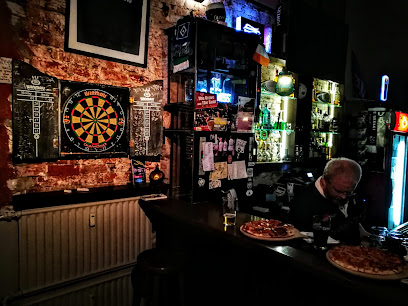
Ba Nomu | Bar
0.3 km
Discover Ba Nomu, Hamburg's cocktail haven, where creativity meets taste in a vibrant, stylish atmosphere perfect for unforgettable nights.
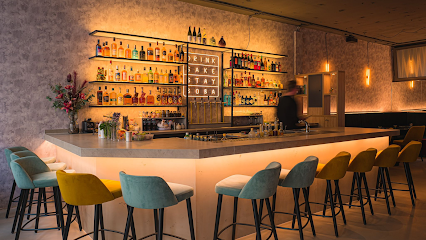
Liquid Garden - Cocktailbar
0.3 km
Discover Liquid Garden, Hamburg's vibrant cocktail bar where creativity and flavor blend for unforgettable nights and unique drinks.
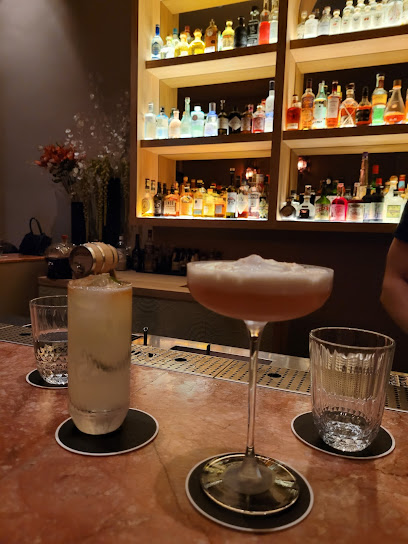
Irish Pub in the Fleetenkieker
0.4 km
Immerse yourself in the lively spirit of the Irish Pub in the Fleetenkieker, Hamburg, where great food, drinks, and live music await.
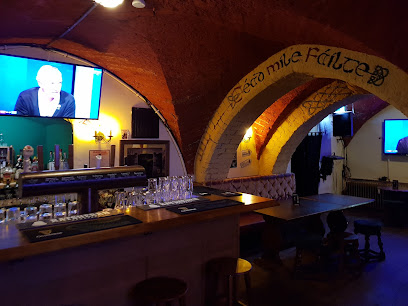
CIU` DIE BAR
0.4 km
Discover CIU` DIE BAR in Hamburg for innovative cocktails, a stylish atmosphere, and an unforgettable nightlife experience.
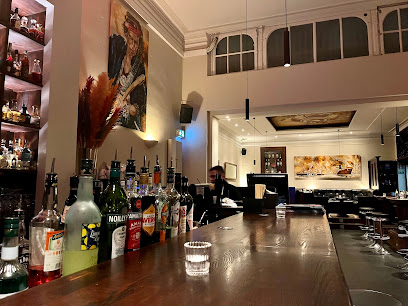
Central Congress
0.4 km
Experience the trendy ambiance and innovative drinks at Central Congress, Hamburg's must-visit bar that caters to every night owl.
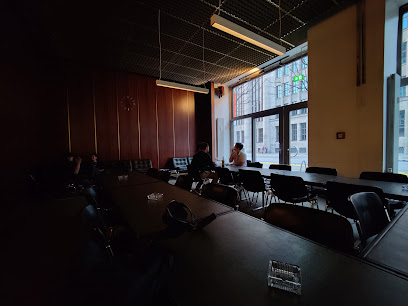
Three Fingers Bar
0.8 km
Experience the vibrant nightlife of Hamburg at Three Fingers Bar, where stunning waterfront views meet expertly crafted cocktails.
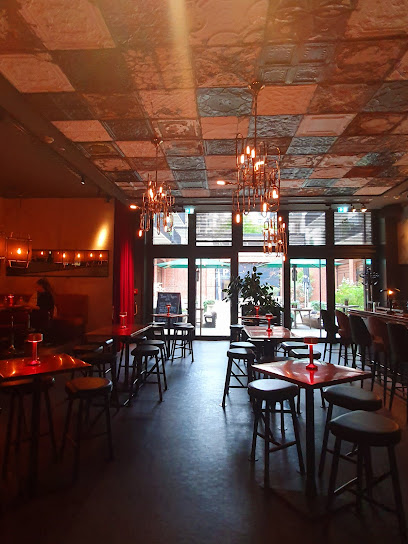
MOON 46
0.8 km
Discover the lively ambiance and exquisite cocktail selection at MOON 46, a must-visit bar in Hamburg's vibrant nightlife scene.
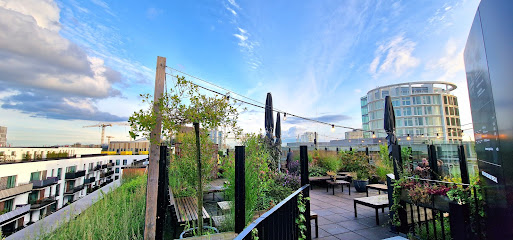
Club 20457
0.8 km
Experience Hamburg's vibrant nightlife at Club 20457, where art meets music in a lively bar setting.
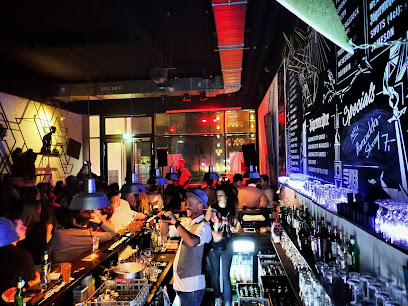
Meyer Lansky's
0.8 km
Discover the energetic spirit of Hamburg at Meyer Lansky's, where exquisite cocktails meet a lively atmosphere for an unforgettable night out.
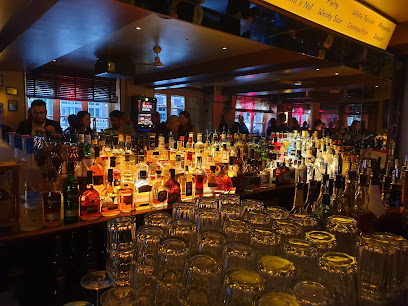
Kumpin
0.9 km
Discover Kumpin, Hamburg's chic bar offering a vibrant atmosphere, exquisite drinks, and a perfect spot to unwind after a day of exploring the city.
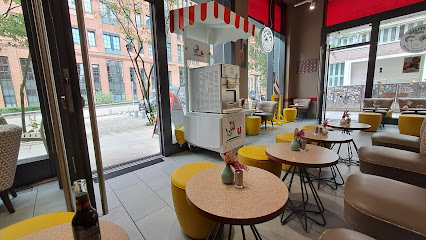
The Bohemian - Bar
0.9 km
Discover The Bohemian, Hamburg's premier cocktail bar, known for its signature drinks and vibrant nightlife in the heart of the city.
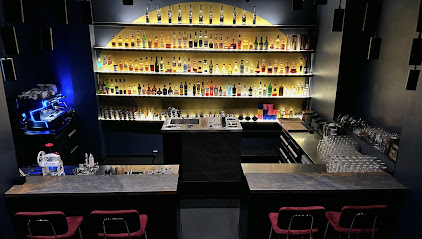
Whiskyplaza & Altstadt Restaurant am Fleet
0.9 km
Discover Hamburg's Whiskyplaza & Altstadt Restaurant, a culinary haven where fine dining meets an exquisite cocktail experience in a historic setting.
